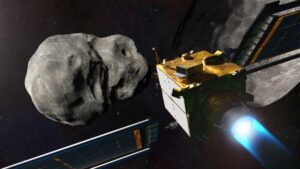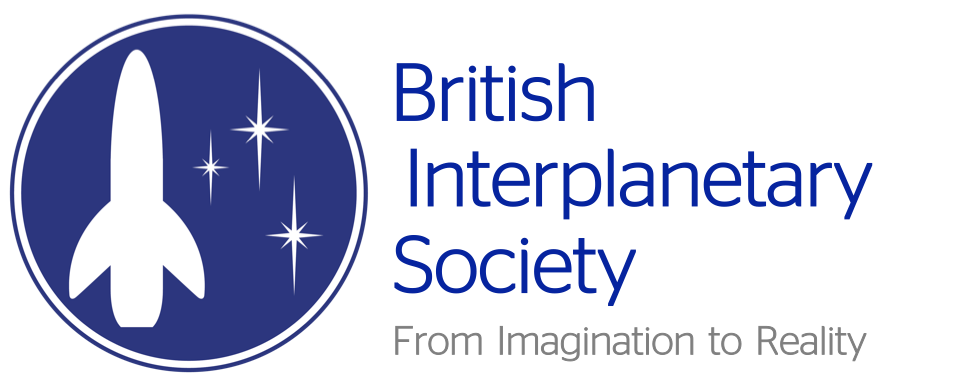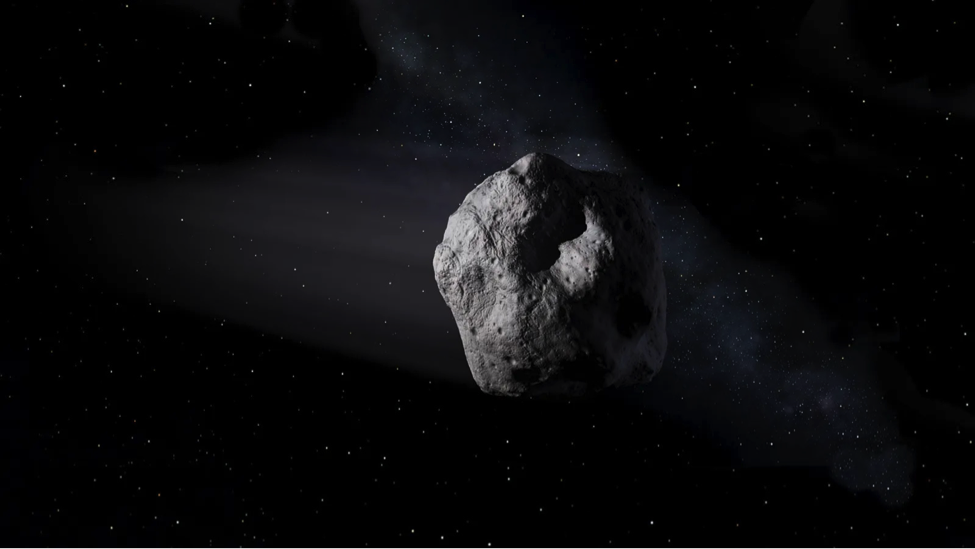How The World Has Welcomed Asteroid Day
by Otilia Dogaru
On 30 June 2025, the global community will celebrate the tenth anniversary of Asteroid Day.
Asteroid Day was initiated on December 3, 2014, and the first Asteroid Day took place on June 30, 2015 by a group of scientists, astronauts and communicators, to raise public awareness of asteroid risks and encourage governments to be better prepared.
Since its UN recognition in 2016, Asteroid Day has been globally celebrated, with participation from major space agencies including ESA, NASA, JAXA, and the United Nations Office for Outer Space Affairs. More than a hundred countries have hosted educational events, public lectures, workshops, exhibitions and school activities, uniting the public and the scientific community in a shared effort to understand, monitor and prepare for near-Earth objects.
The date, 30th of June, was chosen for its historical significance: On this day in 1908, a relatively small asteroid entered Earth’s atmosphere and exploded over Tunguska, Siberia, levelling over 2,000 square kilometres of forest. This single event, the most significant asteroid-related impact in recorded history, serves as a stark reminder that Earth remains vulnerable to cosmic threats. More recently, on 15 February 2013, another object approximately 20 metres in size entered Earth’s atmosphere over Chelyabinsk, Russia. The asteroid disintegrated in an airburst, generating a shockwave that injured over 1,000 people and damaged thousands of buildings. This event was a wake-up call to the international community, showing that even small, previously undetected asteroids can cause significant harm.
Looking much further back in history, the Chicxulub impact, which took place approximately 66 million years ago, marked a turning point in the history of life on Earth. This event, caused by a 10–15 kilometre-wide asteroid striking what is now the Yucatán Peninsula in Mexico, triggered a mass extinction that wiped out nearly 75% of species, including the dinosaurs. The Chicxulub crater remains a lasting geological record of the devastating impact an asteroid can have on the planet’s climate and biosphere.

Over the past decade, this awareness campaign has coincided with several pivotal advances in asteroid research and planetary defence. Notably, NASA’s DART mission, launched on 24 November 2021, made history in 2022 as the first attempt to change the course of an asteroid through kinetic impact. The mission successfully altered the orbit of Dimorphos, a small moonlet of the asteroid Didymos, proving that deflection is a viable planetary defence strategy. This landmark moment was not only a technological triumph, but also a validation of the global awareness and momentum that Asteroid Day had helped to build.
Likewise, sample-return missions such as Hayabusa2 from JAXA and OSIRIS-REx, from NASA, captured international attention, returning material from ancient asteroids that could answer fundamental questions about the origin of water, organic molecules and planetary formation.
ESA’s Hera mission, launched on 7 October 2024, is currently en route to the same binary asteroid system targeted by NASA’s DART mission. Hera is expected to arrive at the Didymos system in late 2026, with an ‘impulsive rendezvous’ in October 2026, where it will conduct a detailed post-impact survey. The mission will gather high-resolution imagery, structural data and internal composition measurements that will help refine our understanding of asteroid dynamics and improve future impact mitigation strategies.
Looking ahead, asteroid-related science is expanding beyond planetary defence alone. Missions such as NASA’s OSIRIS-APEX (After dropping off the sample capsule, the spacecraft was renamed OSIRIS-APEX and sent on a new mission to explore asteroid Apophis in 2029) and growing interest in asteroid mining and resource extraction, reflect a shift in how we approach these celestial bodies, not only as potential threats but as targets for scientific investigation and platforms for future exploration.
Asteroid Day has also helped make these topics accessible to a wider public. Through initiatives like Asteroid Day LIVE, coordinated by the Asteroid Foundation in Luxembourg, the campaign has delivered multilingual, media-rich programming that includes interviews with astronauts, scientists, and engineers working on the front lines of space research.
In the United Kingdom, Asteroid Day will be marked by two major events.
- On Monday, 30 June, Cranfield University will host a live online event from 14:00 to 16:30 BST, broadcast via the NEONetwork YouTube channel.
The programme will feature expert speakers discussing asteroid detection, impact modelling, and international cooperation on planetary defence. - The University of Liverpool will host a full-day in-person event beginning at 10:00 AM, led by Dr Stefania Soldini. Titled “Exploring Asteroids: From Awareness to Action”
The event will include academic lectures, public engagement sessions, and student-focused workshops that aim to foster a broader understanding of asteroids as scientific, educational, and strategic objects of interest.
Ten years on, Asteroid Day has become more than a symbolic commemoration. It is now a platform for international dialogue, scientific collaboration, and global education. As planetary missions advance and the field of asteroid research evolves, the need for public engagement and coordinated response, becomes ever more important. The growing success of Asteroid Day reminds us that planetary defence begins, not with rockets or telescopes but with awareness, curiosity and informed action.
For more information about BIS activities and other space-related research, visit bis-space.com.

